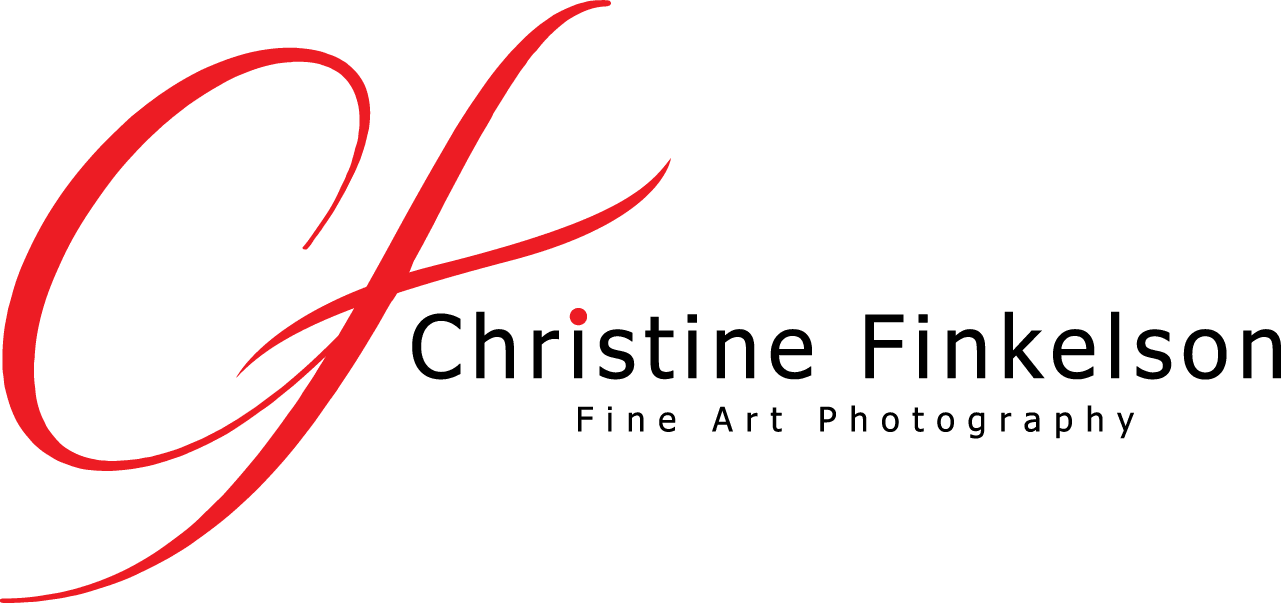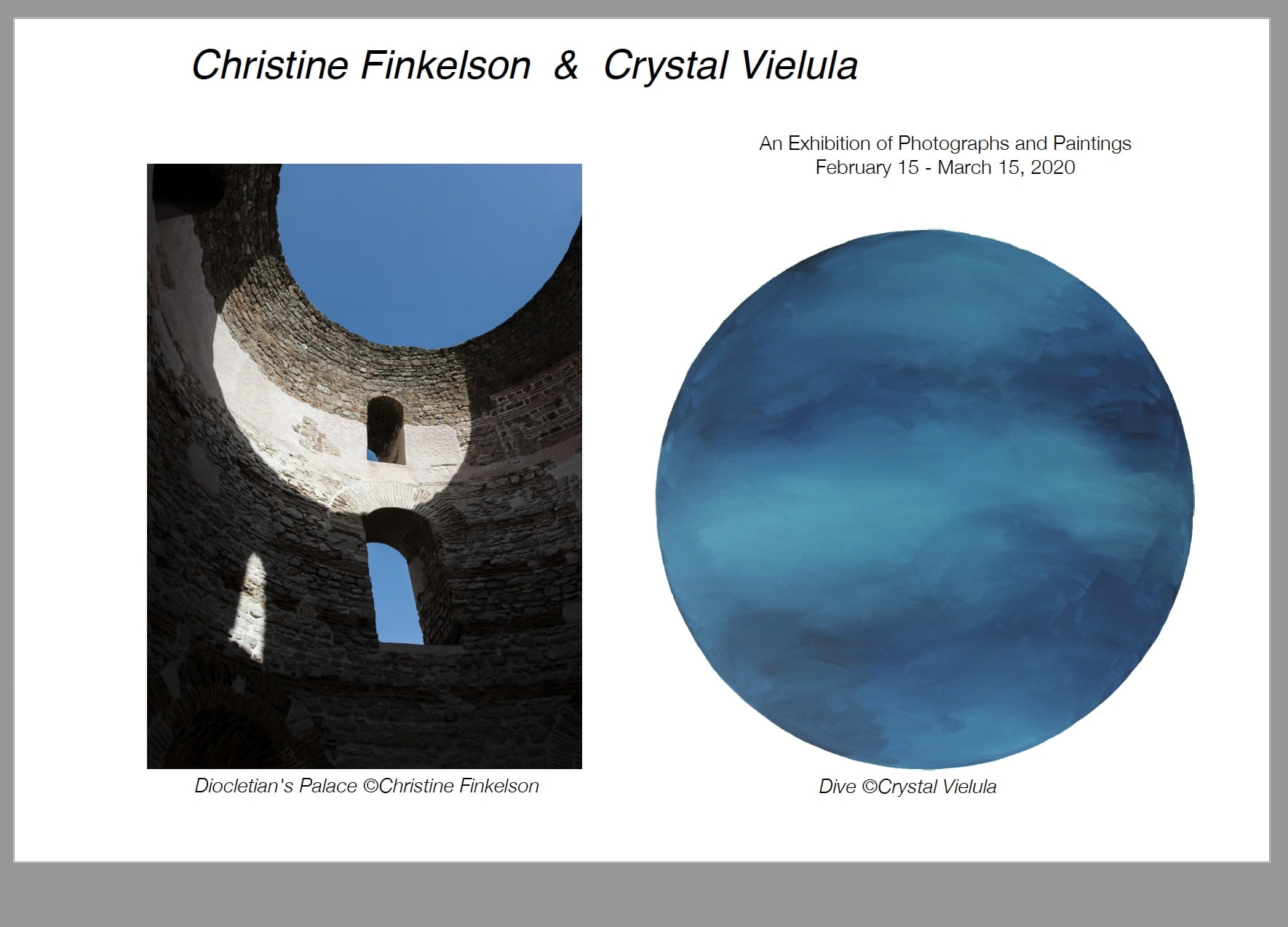Art is for anyone. It’s just not for everyone. I know this viscerally, as a would-be artist who burned out. I wrote about that last year, and ever since, I’ve been beset — every lecture I give, every gallery I pop my head into, somebody is asking me for advice. What they’re really asking is “How can I be an artist?”

-
Exhibiting in a Group Show at Covet Gallery in Oceanside, CA July 19 - August 16
Opening Reception Saturday, July 19th from 5pm - 9pmI have the honor of exhibiting one of my photographs, "Lost" at the Covet Gallery (1922 S Coast HWY, 92054) in my new hometown of Oceanside, CA. The opening reception is Saturday, July 19, from 5pm - 9pm. Come for the art and also enjoy live music by El Grillo Hacksaw Gym and tacos by Azteca SD.

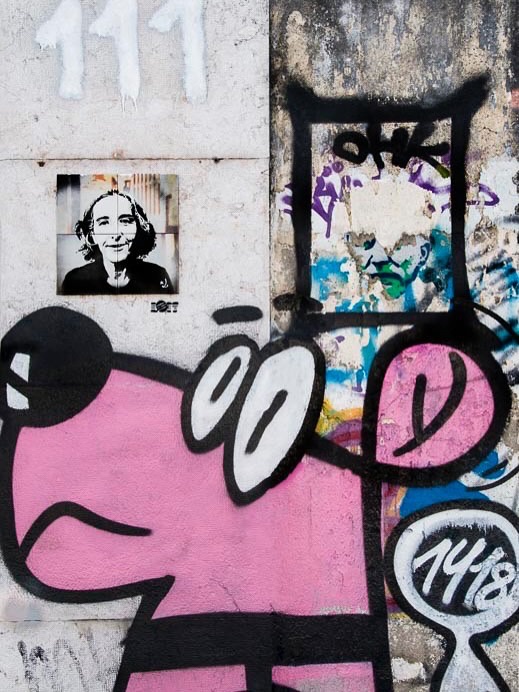

About: Covet Art Gallery opened its brick-and-mortar doors in 2023 with a mission to showcase fresh, original work from emerging artists with a distinct point of view. In 2025, we launched this online platform to help our artists connect with a broader community of collectors who crave art that speaks to their personality, style, and soul. Covet has a unique curatorial vision — bold, expressive, and a little offbeat — because we believe great art should feel like it was made just for you.
-
Sage Advise From Jerry Saltz
How to Be an Artist 33 rules to take you from clueless amateur to generational talent (or at least help you live life a little more creatively). -
Watch & Listen to :
1 - Olivia Munn2 - Ken Jeong3 - Simi Liu (star of upcoming Marvel movie "Shang Chi")4 - Taryn Akemi Look (A special friend & wonderful actreess)5 - Lisa Ling (Host of CNN's weekly Sunday show "This is Life") -
What The Heck Is An NFT?
The Non-Fungible Token Bible: Everything you need to know about NFTs -
Upcoming Photography Show At Las Laguna Gallery Dec 3 - 31, 2020
Christine Finkelson, Contributing ArtistMy photograph, DECAY, will be featured in the Photography show at Las Laguna Gallery, December 3-31, 2020
-
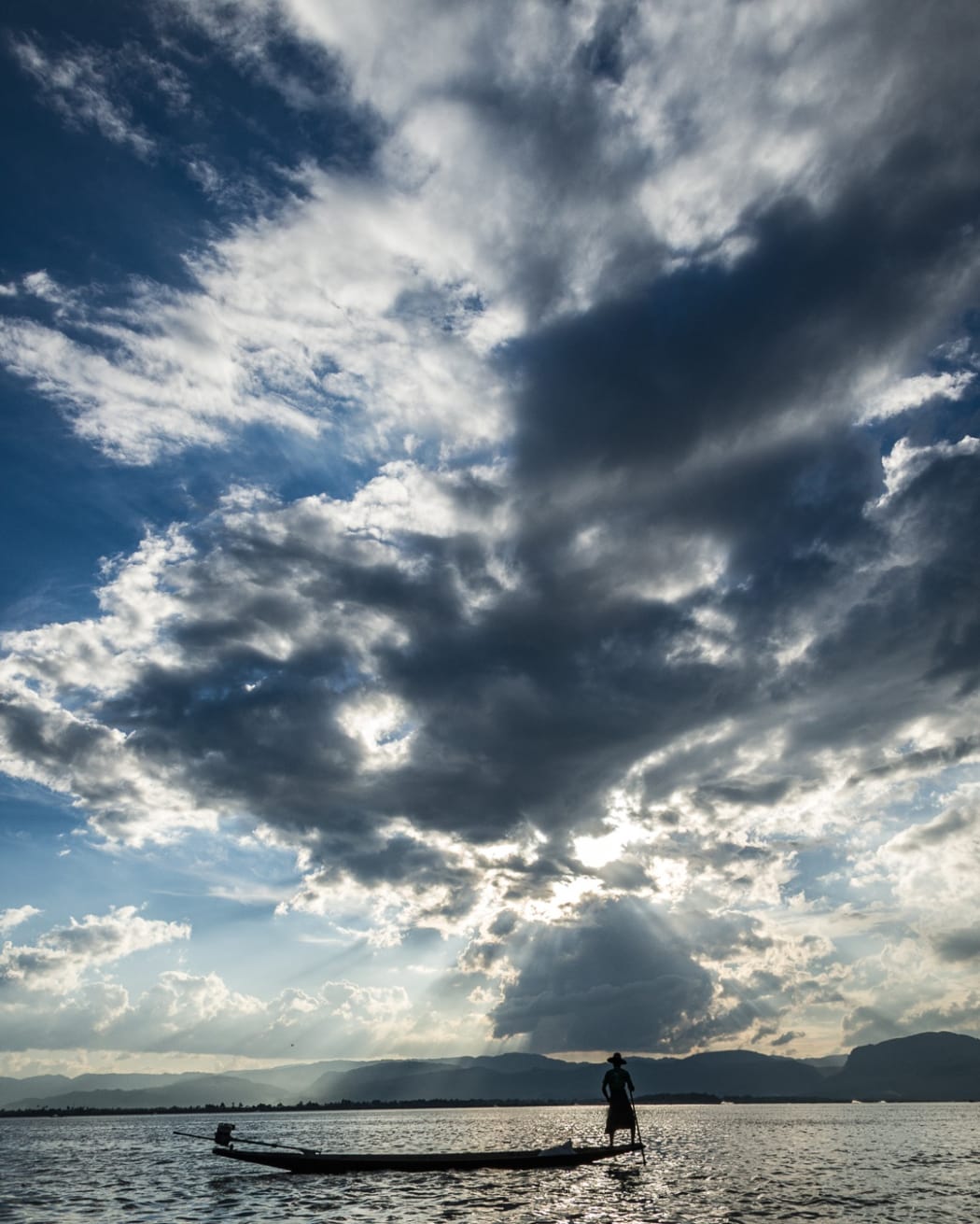 ©Christine Finkelson, Inle Lake, All Rights Reserved
©Christine Finkelson, Inle Lake, All Rights ReservedWhat Are Giclee Prints?
Giclee Prints are ink jet prints.Fine Art and Giclee Printing ...
It can be difficult to source the unique pigments, paper and printer to create a fine art giclee print or another definition for the print would be a pigment ink jet print. Fortunately, I have the professional 44" large-format 10-color (plus 2 black) pigment inkjet printer from Epson, the SureColor P9000, training, Fine Art Papers for printing and equipment to make sure every final detail in my giclee prints have been thoughtfully considered to create archival museum quality prints.
"Giclee printing” is a term that was coined in the early 1990s, referring to an archival approach to digital printing. What exactly is giclee printing and when are giclee prints used? Read on to learn more.
-
Richard Benson, "The Printed Picture", Museum of Modern Art
UNDERSTANDING PHOTOGRAPHIC TERMS, MATERIALS & PROCESSES - A Glossary of Terms from the Book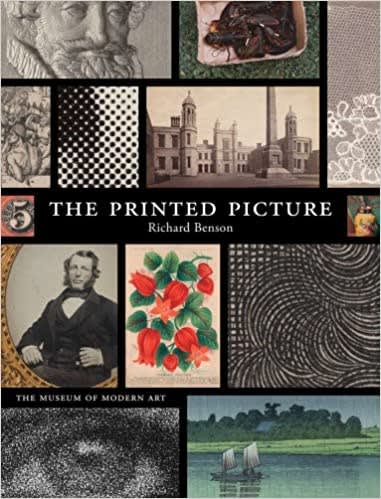
-
Epson Professional Imaging | Henry Wilhelm of Wilhelm Imaging Research Discusses Print Permanence
Henry Wilhelm discusses the history of photographic print permanence, the creation of Wilhelm Imaging Research, and how Epson's latest generation of photographic printing technologies has changed professional photography forever. https://epson.com/printyo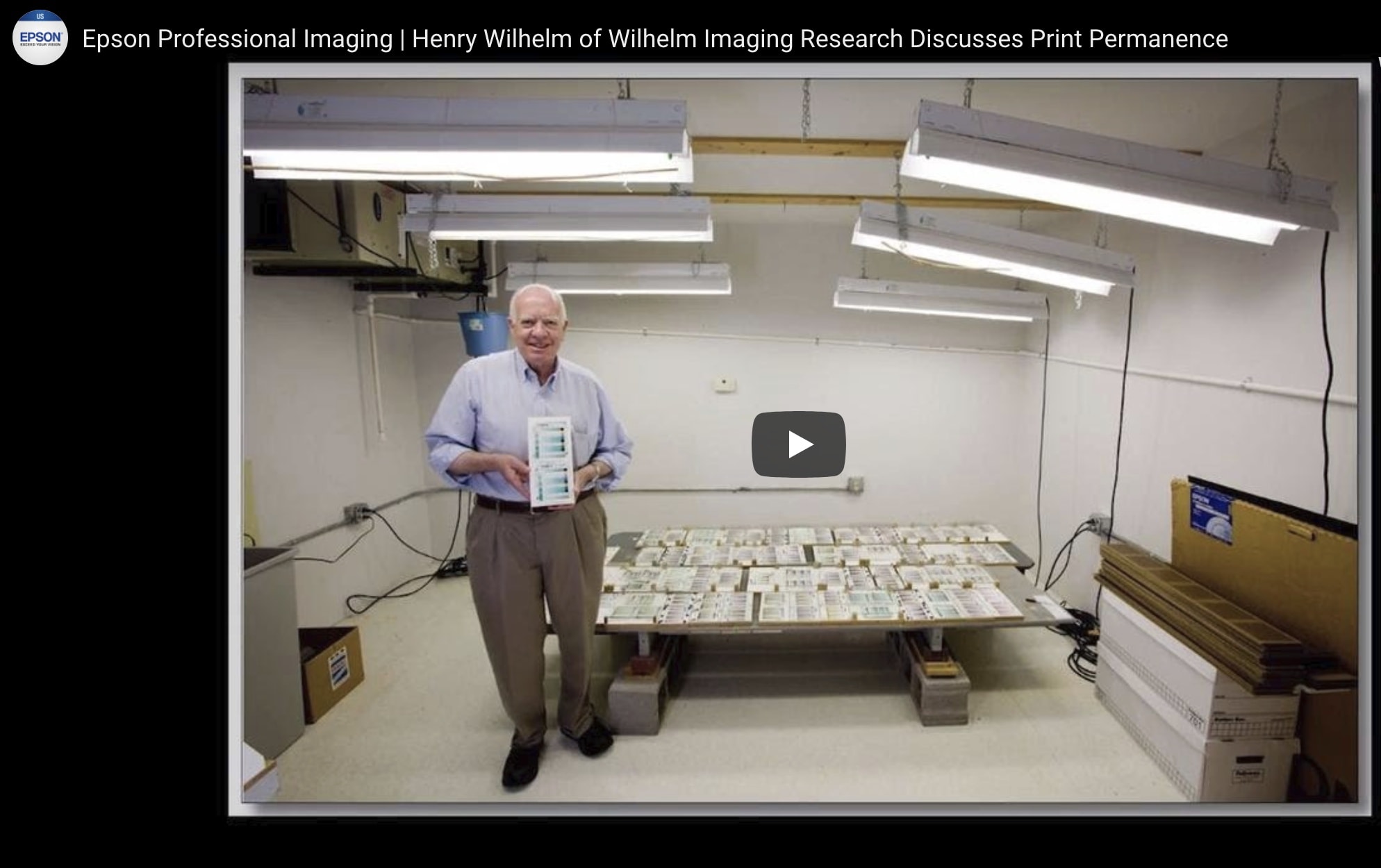
-
AIPAD members created a resource for those interested in acquiring fine art photographs: On Collecting Photography. Its purposes are to answer common questions and provide further insight, information and understanding on collecting photography. The following post contains information that appears in On Collecting Photography.
The art of photography is enjoying unprecedented appreciation today. Due to the increasing number of artists today using it as their primary medium, photography has become a collectible fine art equal to the more traditional arts, such as painting, sculpture and printmaking. With this rise in appreciation and artists, opportunities for starting a photography collection have never been greater.
Of course, while many photographs do prove to be fine investments, an increase in value is never guaranteed. To be sure, just as in any other market, values rise and fall according to the demands and fashions of the day. For that reason, it is best to focus on acquiring works you feel will give you enjoyment for a long time and not purely for investment purposes.Determining the Value of a Photograph
Photographs, like any other work of art or collectible, are valued based on connoisseurship qualities, the supply and demand at a particular moment in time, and what the market will bear in terms of price. Factors such as the photographer’s reputation or the work’s subject, rarity, historical importance, medium, condition, provenance, edition size, print date and quality will help determine the market’s response. Recent comparable sales of the same or similar works both privately and at auction can help guide you in considering how much to pay.Keep in mind that photographs are more akin to paintings than artists’ prints in that the variety of photographic prints produced from a single negative often varies widely. This is especially true of photographs created prior to the 1970s, which was the advent of the photography market as we know it today. Contemporary works executed in editions often have remarkable homogeneity and may be indistinguishable within the edition. A common practice among contemporary artists that affects the price of editions is to employ a graduated price increase so that earlier numbers in the edition are priced lower.
Below are topics you and your dealer may wish to discuss as you approach collecting fine art photography.
Is It a Fine Print?
The qualities that make a fine print vary from artist to artist. In black and white work, tonal range and luminosity, for example, depend on the artist and the point in his or her career when the work was produced. A reputable dealer, curator, fellow collector or photographer can often be of help in understanding the differences.
If the print is of a contemporary photograph, the surface should be unmarred. When looking at a framed print, ask that it be unframed for inspection. To make sure that the print is flawless, hold it in your hands so that light rakes over the surface. The print condition and quality of 19th and 20th century prints vary depending on the artist, medium and date. Look at as many prints from the period as possible, and at as many works by the photographer as are available, in order to determine the best print.Is It Signed?
In the 19th and early 20th centuries, signing a photograph was the exception rather than the rule. Since the art of photography was in its infancy, more people were making photographs than purchasing them. It wasn’t until the latter part of the 20th century that the market for photography became a reality, and the practice of signing them became more common. As such, many unsigned pictures from the past are attributed to certain artists based on style, provenance or other established factors.Today, artists sign their work, either print recto (front of print) or print verso (back of print) in pencil or archival ink.
Is It Authentic?
Authentication begins with notations such as stamps, signature, title or date combined with a photographer’s characteristic style, negative and print process, and typical method of presentation (e.g., whether mounted or unmounted). A careful examination of other photographs by the same artist will aid in spotting any uncharacteristic features of the work under consideration. If there is a dating question for a photographic print presumed to be from before the mid-1950s, the use of an ultra-violet light may be useful in testing for optical brightening agents (OBAs) introduced into photographic paper around that time (the presence of OBAs might indicate a later printing date). Finally, the absence of a signature is not necessarily significant, especially on prints made before 1900. If an unknown and unsigned photograph has a recognizable style or content, an attribution can be made.Dealers who represent photographers or their estates are likely to have access to primary source material that will be useful in verifying a work. Or, if a dealer has had a long history of handling a photographer’s work, chances are that they have accumulated experience, as well as their own archive of information, which can be helpful for verification. There is a wealth of knowledge among AIPAD dealers, and if in doubt, members have the ability to tap expertise within the organization as well as in the wider academic world.
AIPAD dealers will provide a bill of sale that can be expected to contain all pertinent information and, if available, a provenance. This document acts as a guarantee.Understanding Editions
An edition is a specific number of prints an artist agrees to sell of each negative. This number is often written on the print, usually near the artist signature, title and date.In theory, an infinite number of prints can be made from a negative or a digital file. Practically speaking, most artists working today limit the number of prints they sell by specifying an edition.
In rare cases, when the edition has been completely printed, the photographer may destroy the negative or the scan. Usually, however, the negative or the scan is retired, either to the archives of an institution or to the photographer’s own files.
It is important to note that editioning became a norm in the late 20th century, when collectors began actively buying photographs and questioning whether, and how often, they could be reproduced. In response, photographers began limiting how many prints they made, creating a finite market for their work. Prior to this, especially in the 19th century, print production was limited only by demand.
Nonetheless, many late 20th century artists never made editions. This does not devalue their work whatsoever, as the value of a specific photographic image is not necessarily tied to the number of prints made from the negative or scan.Learn More About Collecting Photography
For more detailed insights on this topic and more, including New Media Art and collector-dealer relationships, read On Collecting Photography on the AIPAD website. In addition to advice on collecting, On Collecting also includes a glossary with terms that are beneficial to know when working to build a strong fine art photography collection. -
COMING SOON! My New Studio Opening in October 2018
I'm very excited to be opening my new studio / gallery in Solana Beach this October. I'm looking forward to joining the many talented people who work on Cedros Avenue. it's a very special spot in San Diego north county. I'll keep you posted ; )


-
RANCHO SANTA FE REVIEW: November 18, 2017
When Rancho Santa Fe resident and Realtor Janet Lawless Christ was presented with the listing at 16354 Via Del Alba she was met with a dilemma. What to do with a beautiful 2008 soft contemporary residence that was built by art lovers but now stands vacant?
Staging with furniture that likely would not adequately showcase the expansive art walls and gallery-quality lighting did not seem to the trick. That's when the concept of a "Pop Up Art Gallery" came to mind. And like all ideas that are simply meant to thrive, the magic ensued. She was able to engage professional artists/photographers Joe Rojas, Christine Finkelson and John Bryant, along with nearly 30 local artists who are devoted students of master art teacher Jeffrey Pollack.
Bliss was in the air during the opening soirée, with live music by Israel Moldanado, which was held at the property on Saturday, Nov. 18. It was a smashing success, drawing over 200 attendees. Beginning Sunday, Nov. 19 and continuing during following weekend open houses or by appointment, the "gallery" will remain open to the public until the property is sold.
"It is euphoric to see so much talent and pure joy on display!" said Janet Lawless Christ. "The property truly has been transformed into an engaging and delightful gallery indeed!"
For more information or to schedule a viewing, please call or text Janet at 858-335-7700.
Online: rsfreview.com
-
Exhibiting two photographs at a Pop Up Gallery in Rancho Santa Fe starting November 18th
Initial viewing is Saturday, November 18 from 3:30pm - 6:30pm 16354 Via Del Alba, RSF 92067. There will also be food, wine & music! Valet parking COME AND ENJOY!
-
Exhibiting Photography at The Andaz Hotel in San Diego
During Fashion Week SD I will have two photographs on display in the main event room.
-
The Andaz Hotel in San Diego Licenses Two Photographs From CF Photography
A New Mural In The Andaz Hotel's Main Conference Room -
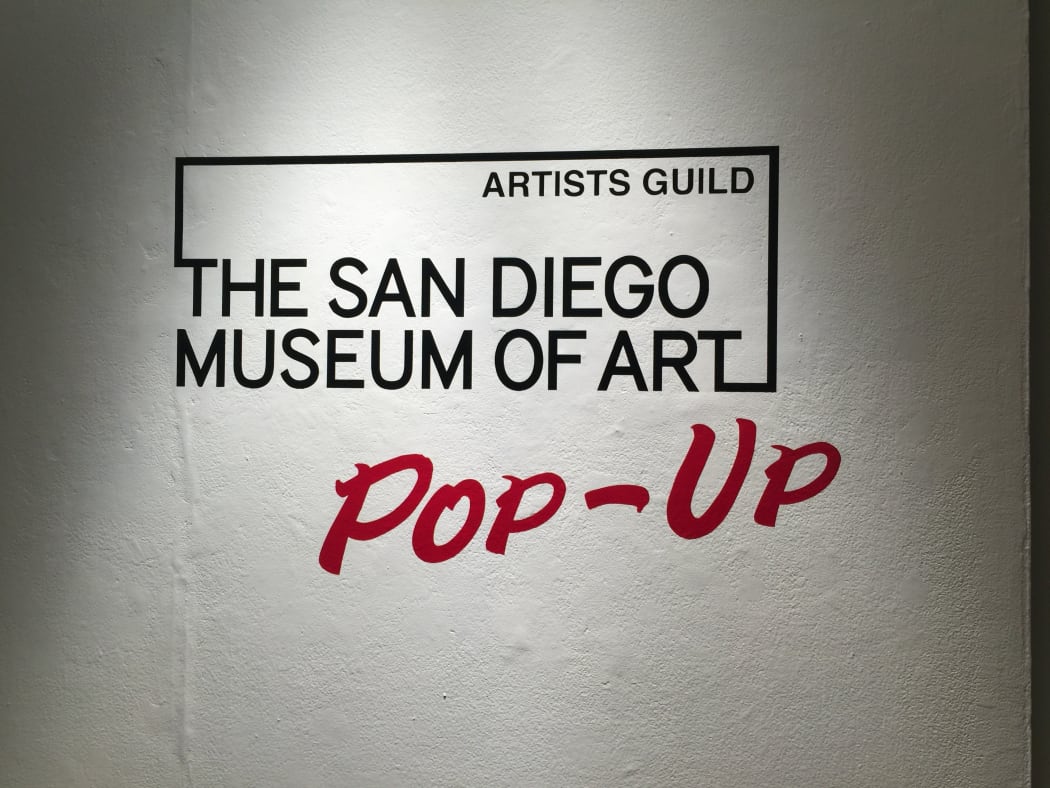 ©christine finkelson
©christine finkelsonThe San Diego Museum of Art Artists Guild Pop-Up
Exhibition and Opening Reception at The Hyde Art GalleryHyde Art Gallery is having an opening reception tonight, November 10th, from 5pm - 7pm. They graciously created a "Pop-Up' Exhibition for 6 artists from the San Diego Museum of Art Artists Guild. I will be showing three photographs from my Metomorphisis series, which is a self portrait exploring a pivital moment.
